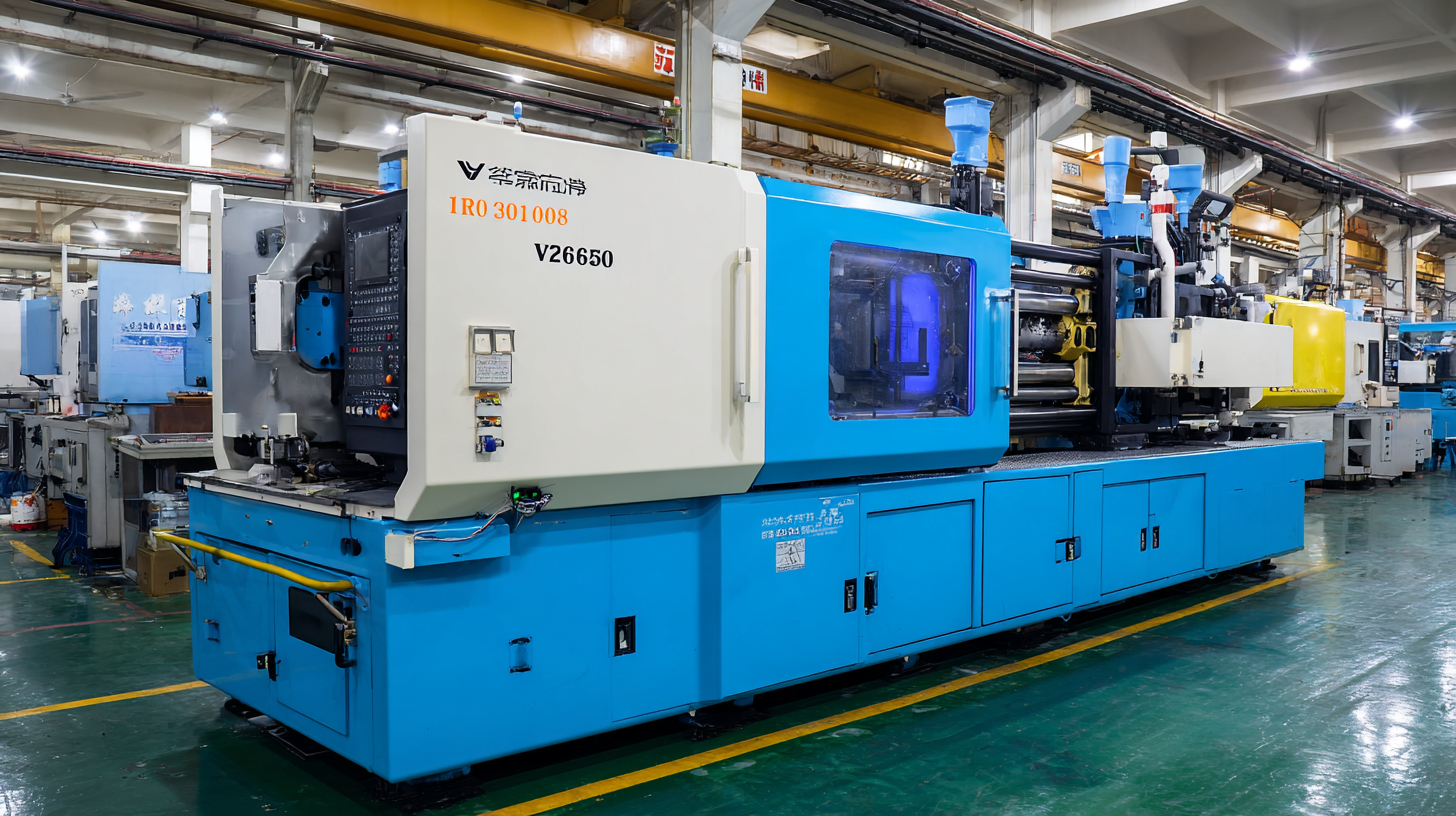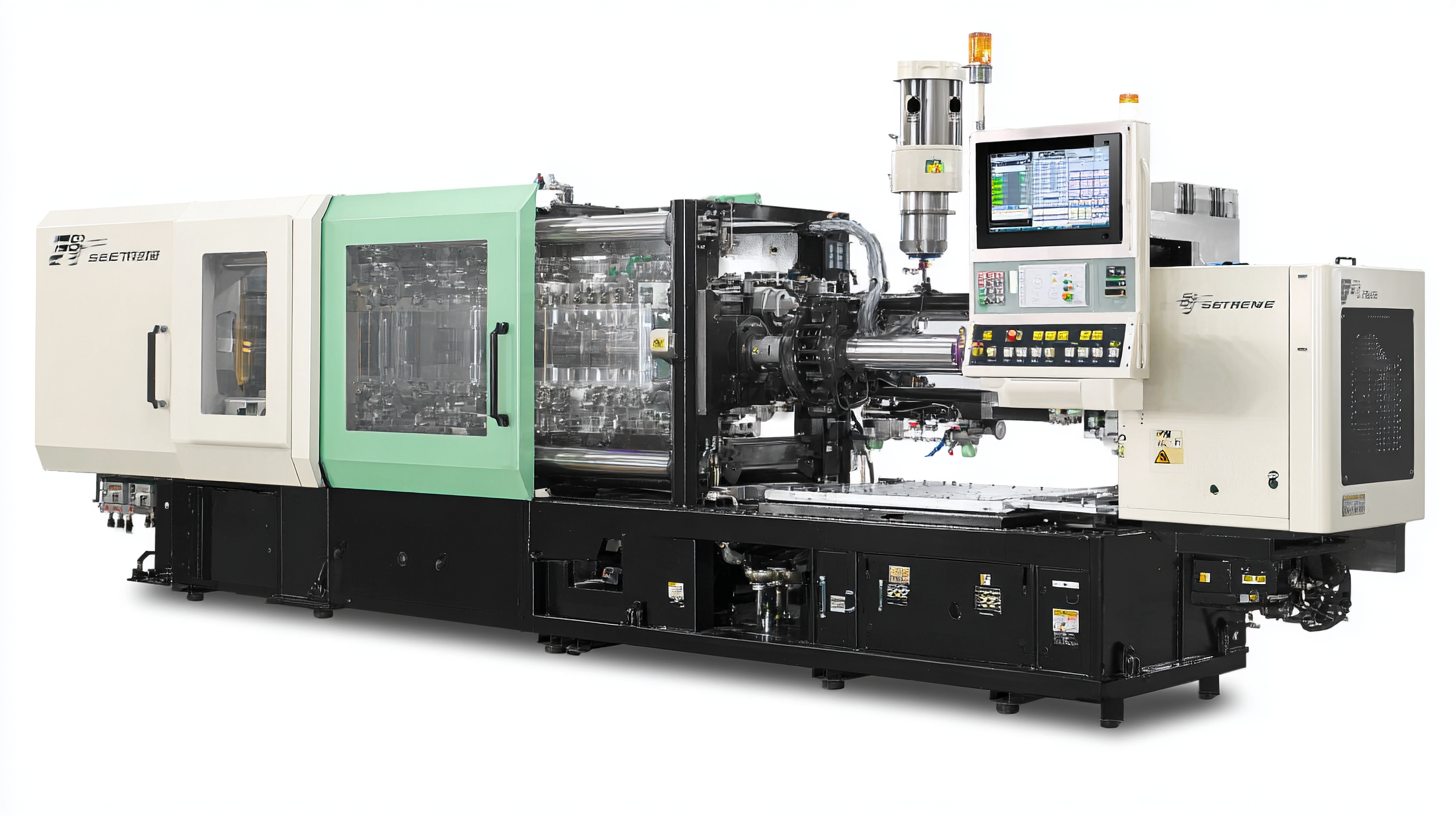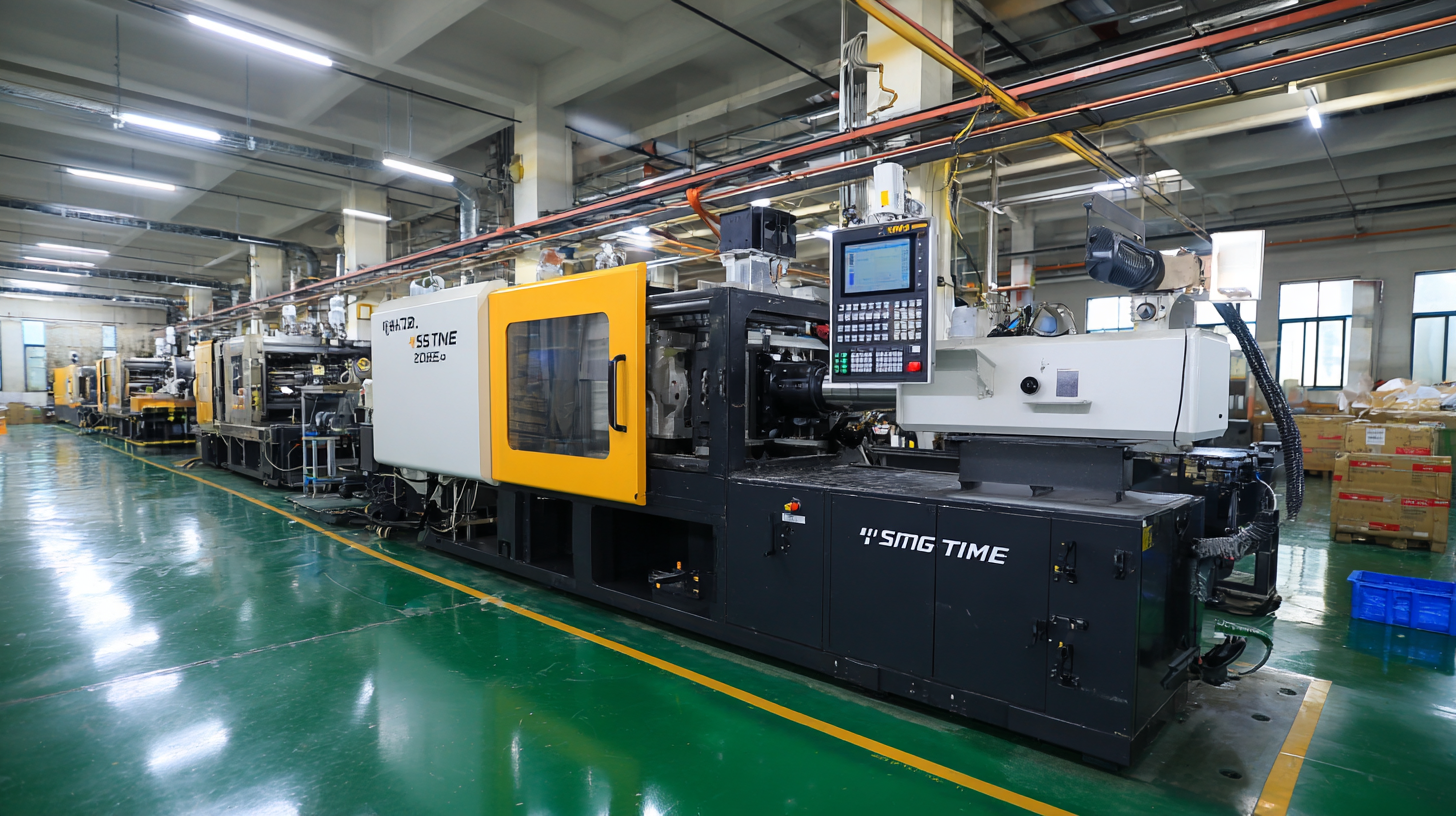
5 Critical Factors That Make the Best Preform Injection Molding Machine Stand Out
In the rapidly evolving landscape of manufacturing, the demand for high-quality preform injection molding machines has surged, particularly in the beverage packaging industry, which accounted for approximately 28% of the global injection molding market in 2022, according to a recent industry report by MarketsandMarkets. These machines play a pivotal role in the production of PET preforms, which are essential for bottling applications, and their efficiency and reliability can significantly impact production costs and product quality. However, not all preform injection molding machines are created equal; several critical factors distinguish the best-performing models from the rest.

This guide will delve into five essential criteria that professionals should consider when selecting a preform injection molding machine, ensuring optimal production capabilities and ROI in an increasingly competitive market.
Key Innovations in Preform Injection Molding Machine Technology
The rapid evolution of preform injection molding machine technology is a crucial component in the burgeoning global plastic processing machinery market, projected to grow from $23.57 billion in 2025 to $34.62 billion by 2032. Among the standout innovations, advanced materials and efficient molding techniques significantly enhance production capabilities. For instance, integration of thermoplastic composite pipes and systems showcases the ability to produce complex geometries, catering to diverse applications from automotive to consumer goods.
Recent collaborations, such as those between companies specializing in composite materials, underline the importance of specialized expertise in developing high-pressure resin transfer molding processes. These advancements allow manufacturers to achieve near-net shape molding with precision, creating more efficient and sustainable production lines. Furthermore, the shift towards automation and smart integration in manufacturing systems continues to streamline operations, making these machines not only more effective but also economically viable for large-scale production.
Energy Efficiency: A Game Changer for Sustainable Production
 Energy efficiency has become a critical focal point in the manufacturing industry, particularly in the realm of preform injection molding machines. As companies strive to reduce their environmental impact and achieve sustainability, energy-efficient machinery has emerged as a game changer. By utilizing advanced technologies such as servo motors and optimized heating systems, these machines not only minimize energy consumption but also enhance overall production efficiency. This dual benefit allows manufacturers to produce high-quality preforms while keeping operational costs in check.
Energy efficiency has become a critical focal point in the manufacturing industry, particularly in the realm of preform injection molding machines. As companies strive to reduce their environmental impact and achieve sustainability, energy-efficient machinery has emerged as a game changer. By utilizing advanced technologies such as servo motors and optimized heating systems, these machines not only minimize energy consumption but also enhance overall production efficiency. This dual benefit allows manufacturers to produce high-quality preforms while keeping operational costs in check.
Moreover, energy-efficient injection molding machines contribute significantly to a company’s sustainability goals. By reducing energy usage, they lower greenhouse gas emissions associated with production processes, fostering a cleaner manufacturing environment. This not only positions companies as responsible players in the market, but also appeals to a growing consumer base that prioritizes sustainability in their purchasing decisions. As manufacturers adopt these advanced machines, they not only gain a competitive edge through operational savings but also demonstrate a commitment to environmental stewardship, paving the way for a more sustainable future in production.
Precision and Consistency: The Hallmarks of Top-Performing Machines
When it comes to preform injection molding machines, precision and consistency are essential hallmarks that define top-performing models. A machine that excels in precision ensures that every injection cycle delivers the same dimensions and quality, reducing the variability that often plagues production lines. This high level of accuracy not only enhances the integrity of the final product but also minimizes waste, ensuring a more efficient manufacturing process. Advanced technologies, such as closed-loop control systems and precise temperature regulation, play a critical role in achieving this level of precision.
Consistency is equally vital, as it guarantees that each batch of preforms maintains the same quality and structural integrity. Machines that can consistently replicate optimal performance help companies build a reputation for reliability in the marketplace. Innovations such as real-time monitoring and feedback systems allow for immediate adjustments during production, which is crucial for maintaining this consistency. By investing in machines that prioritize precision and consistency, manufacturers can significantly enhance their operational efficiency and product quality, leading to greater customer satisfaction and competitive advantages in the industry.

User-Friendly Interfaces: Enhancing Operator Experience and Efficiency
In the world of preform injection molding,
user-friendly interfaces play a pivotal role in enhancing both operator experience and overall efficiency.
An intuitive interface simplifies the operation, allowing workers to navigate through various functionalities with ease.
When operators can quickly access critical machine settings and monitoring tools,
it reduces the learning curve for new employees and minimizes downtime during production shifts.
The design of these interfaces goes beyond mere aesthetics; they are essential in ensuring that operators can make
real-time adjustments and troubleshoot issues without the need for extensive technical training.
Moreover, the integration of modern technology, such as touchscreen displays and visual aids, further streamlines operations. These interfaces can provide valuable feedback on machine performance, alerting operators to potential issues before they escalate into significant problems. Such capabilities not only enhance productivity but also promote a safer working environment by reducing the likelihood of human error. In this highly competitive industry, a user-friendly interface can be the distinguishing factor that sets the best preform injection molding machines apart, ensuring that both experienced and novice operators can achieve optimal results with greater ease.
Adaptability and Versatility: Meeting Diverse Production Needs
In today's competitive manufacturing landscape, adaptability and versatility are paramount for preform injection molding machines. These machines must cater to a wide range of production requirements, from varying material types to different product designs. A top-tier preform injection molding machine is engineered to handle diverse polymers and can be easily reconfigured to produce various preform sizes and shapes. This flexibility not only streamlines production processes but also enhances the capacity to pivot quickly in response to shifting market demands.
Furthermore, versatility in features and functionalities significantly elevates a machine's performance. Advanced preform injection molding machines are equipped with state-of-the-art controls that allow for precise adjustments to injection speed, temperature, and pressure. This precision ensures consistent quality across different products, reducing waste and improving efficiency. The ability to integrate multiple molds and automate processes further supports manufacturers in addressing varied production needs without compromising time or quality. By investing in versatile technology, companies can maintain a competitive edge, enabling them to respond swiftly to new opportunities and challenges in the ever-evolving market.
